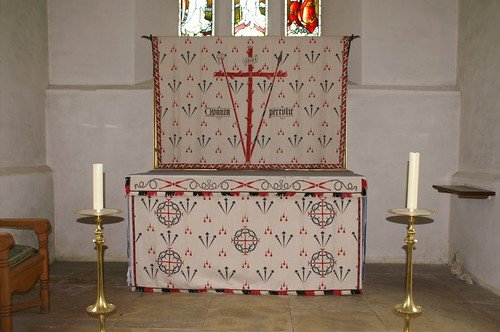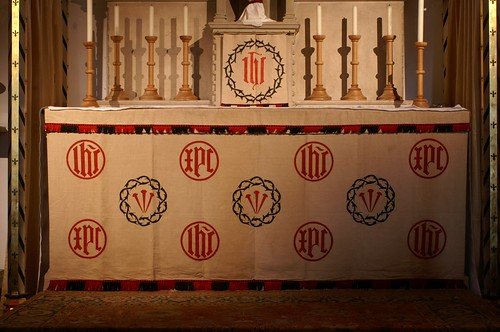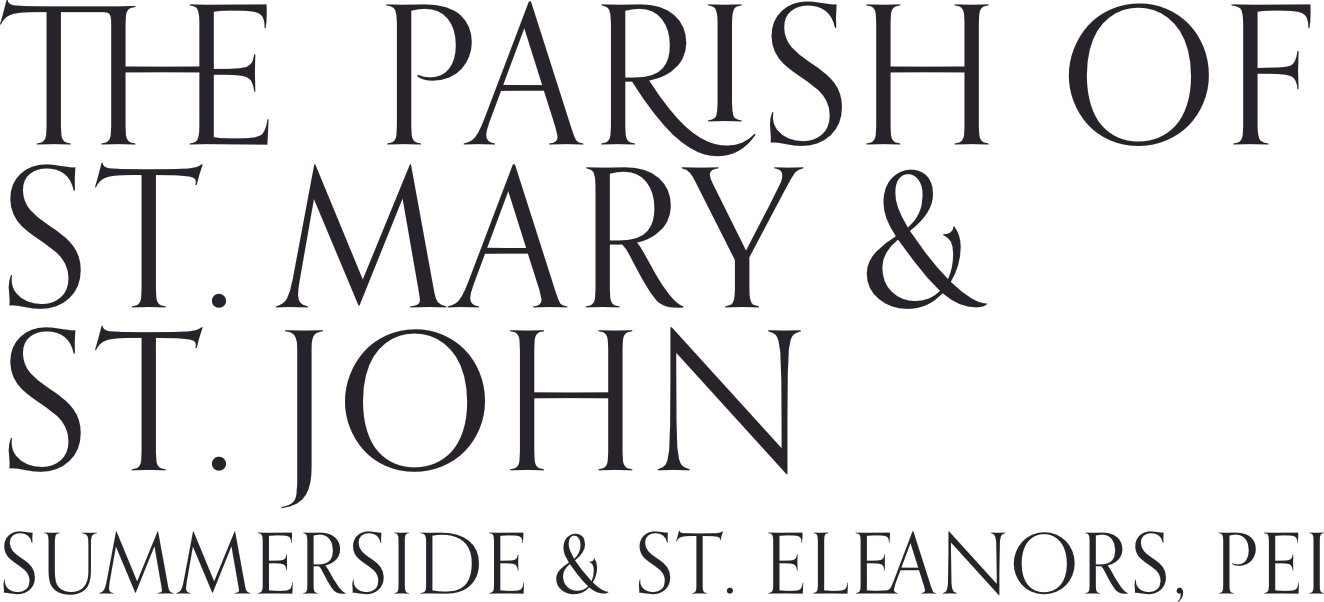What is Lenten Array?
Season by season in the church we adjust the interior decor of the sanctuary and other parts of the building to reflect the liturgical time in which we find ourselves. The outward vesture of the church draws our own minds and hearts into the spirit of the season, opens us to contemplate its meaning, and aids us in worship by its beauty and presence.
Most often we see green hanging at the altar and perhaps the pulpit, a colour used through the longest season of the church year, Trinitytide. Next, purple would be seen most often during the seasons of Advent and Lent, then white throughout Christmas & Epiphanytide, Eastertide, and on major festivals of the church, and finally red on Pentecost and celebrations of the Apostles and various martyrs.
The colours represent the underlying theme or image of the year - green, in Trinitytide, reflects the turn of our hearts towards the daily living out and growth of our spirits; in Lent and Advent purple brings to mind repentance in preparation for the two great festal days of Our Lord’s life; red for the blood of martyrs; and white for purity and celebration. There are other colours, of course, but these are the most commonly seen in our parish.
While these colours are now quite common across a wide range of denominations and are generally standardized, there are some customs that are less commonly seen. One of them is the use of unbleached linen during the season of Lent, a custom unique to northern and Western Europe, and almost universally used in England during the medieval period.
Unbleached linen has the look of an off-white fabric, and is usually quite rough and unfinished in comparison to the silks and finer fabrics that typically get used in church hangings. The purpose of lenten array is not so much to add a colour to the church, but to deprive the church of colour - to engage our eyes in the act of fasting from the typical colour and beauty we are used to. The colour also puts us in mind of what we might imagine the colour of sackcloth to be that we frequently read about various biblical characters wearing alongside ashes in their mourning or repentance.
But Lenten array is seldom unadorned, as it was frequently decorated (in a reserved way) in black and red symbols of Christ’s passion. St. Mary’s, Summerside was given Lenten array hangings in the mid-20th century in memory of parishioner George T. Clark and his wife but we aren’t sure how often they were used. They were unearthed from storage a few years ago and last year put back into service for the the first time. You can see below (and all through Lent) the colour, images, and simplicity of our Lenten array hangings.
Moving from left to right on the altar frontal we see:
IHC - the first three letters of Jesus’ name in Greek
Three jars - represent the vessels which held the gall given to Jesus to drink, and the myrrh and spices brought by the myrrh -bearing women to embalm his body.
Whip/Reeds - a reminder of his scourging before Pontius Pilate
Ladder - a symbol of the ladder used to remove his body from the cross.
Cross/Lance/Sponge - tools used to offer him gall (sour wine) when he thirsted, and the instruments of his death.
Hammer/Tongs - tools used to drive and remove the nails from his hands and feet.
Garment/Dice - The Roman soldiers cast lots (rolled dice) to see who would take Jesus’ cloak, rather than split it and share it.
Chi/Rho - a combination of two Greek letters, called the Chrismon, the first two letters of Christ in Greek.
Crown of Thorns - that was placed upon his head when he was mocked.
Nails - those driven through hands and feet.
Lenten array was known to those who studied church history but wasn’t really used much until its revival in the 19th and 20th centuries. Its use is still quite rare and most commonly seen in English churches.
Here are some more photographs of Lenten array from different places and time periods.











